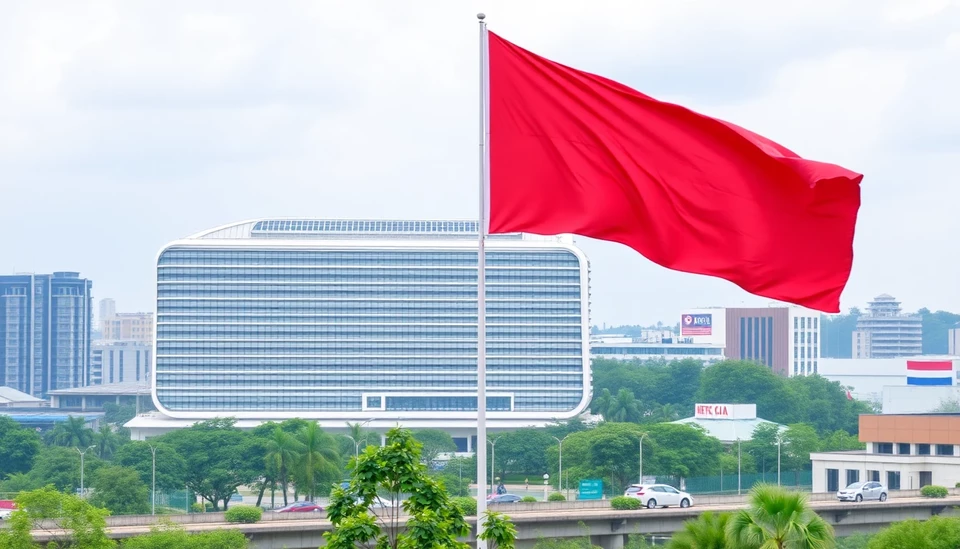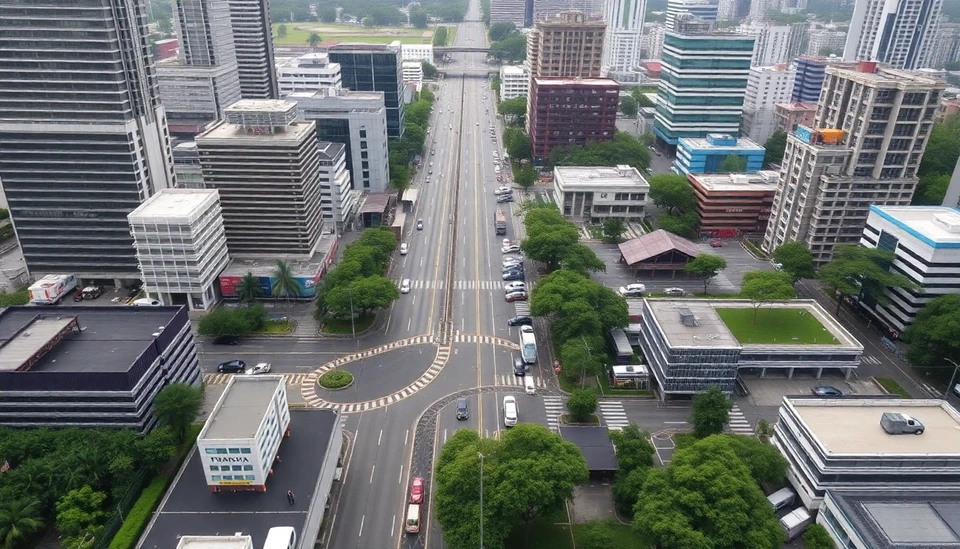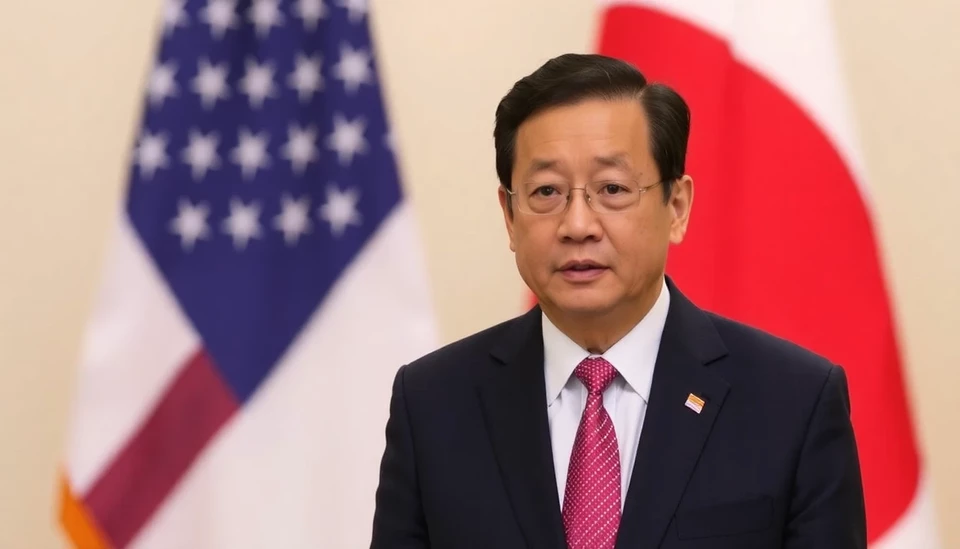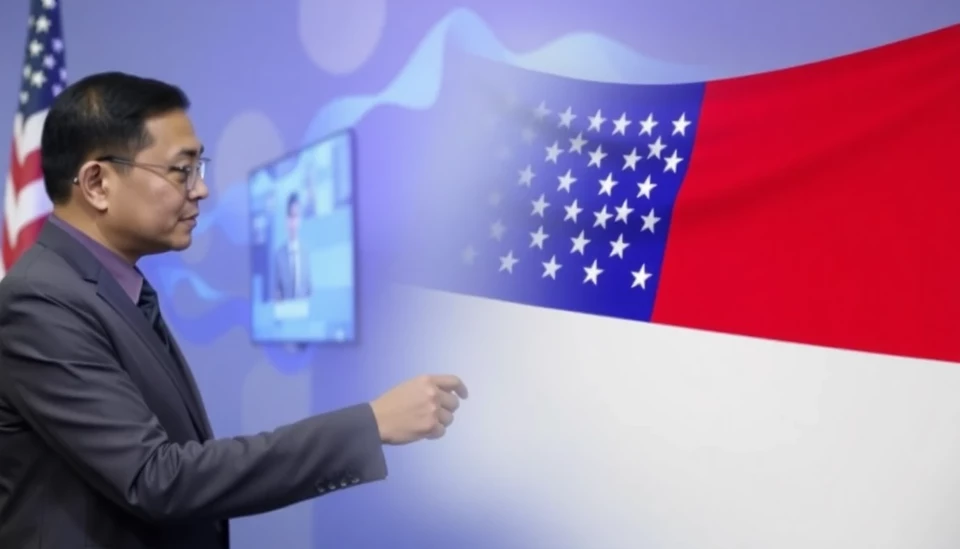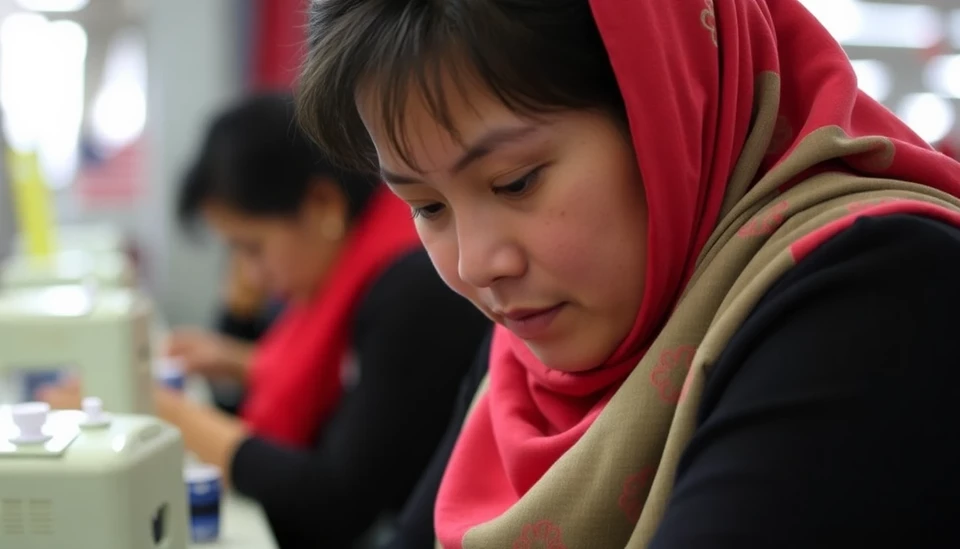
The Indonesian garment sector is facing a critical turning point as it grapples with a rising wave of layoffs, driven primarily by the influx of cheaper garments from China. The increasing pressure from Chinese imports is forcing local manufacturers to rethink their strategies, with many unable to compete on price or volume.
Insiders from the industry report a dire forecast for 2025, predicting that up to 200,000 workers could lose their jobs if the current trends continue. This troubling outlook stems from China's aggressive dumping of low-cost apparel into the global market, which undermines the pricing structures that Indonesian manufacturers depend on.
The Indonesian Garment Manufacturers Association (APBG) has been vocal about the challenges, urging the government to take necessary actions to counteract this economic threat. They emphasize that the rise in imported garments, particularly from China, is not just a minor nuisance but a significant danger that jeopardizes the livelihoods of thousands of workers and the sustainability of an entire industry.
As the Indonesian garment sector fights to maintain its footing, the situation has catalyzed discussions among policymakers, with calls for more stringent import regulations and support measures for local businesses. The authorities are being prompted to investigate alleged dumping practices and seek ways to bolster the domestic market against what many see as unfair competition.
In this challenging environment, manufacturers are being forced to make tough decisions, such as downsizing operations, cutting production hours, and laying off employees. Many smaller businesses, which typically operate on narrow profit margins, are particularly vulnerable, and the continuation of current policies could lead to a further consolidation of the industry as only larger companies remain viable.
International observers note that the problem of dumping is not unique to Indonesia but part of a larger global issue where countries are forced to deal with the implications of trade policies and competition. The urgency for Indonesian firms to innovate and possibly shift their focus toward high-quality or niche markets is increasing, as the consensus is that the status quo is unsustainable.
Despite the looming layoffs and pressures from competitors, there are signs of resilience among some Indonesian garment manufacturers. Many are exploring partnerships with global brands, which could provide both an avenue for increased sales and necessary investment into modernizing their facilities. However, this avenue is not an option for all manufactures, particularly those affected by the immediate financial strain of competition from abroad.
The situation continues to evolve, with both optimism and uncertainty coexisting in the narratives of stakeholders in the garment sector. The prospect of government intervention remains a beacon of hope for many, as discussions progress concerning the future regulation of imports and fostering a supportive environment for domestic production.
As the industry navigates these turbulent waters, the coming months will be pivotal in determining the long-term stability of Indonesia's garment sector and the fate of its workforce. The ongoing battle against Chinese dumping is not merely a business issue, but a pressing humanitarian crisis that warrants urgent attention.
In summary, the Indonesian garment sector stands at a crossroads, facing significant challenges that could lead to massive job losses and a reshaping of the local industry landscape. Stakeholders are urgently calling for action, as the need for a swift and strategic response grows ever more critical.
#Indonesia #GarmentIndustry #MassiveLayoffs #ChinaDumping #TradePolicy #ManufacturingChallenges #WorkerRights #EconomicCrisis #DomesticMarket
Author: Rachel Greene

